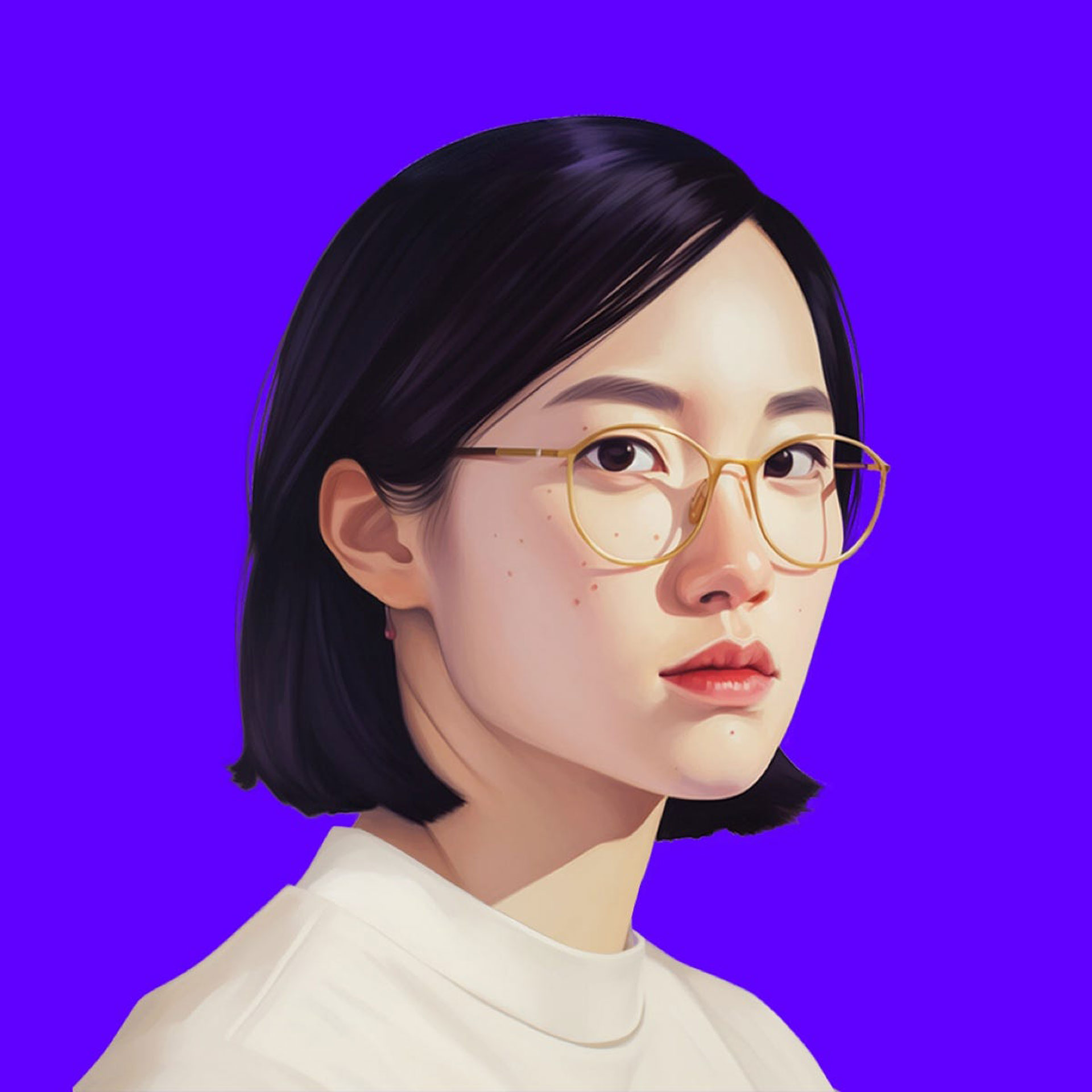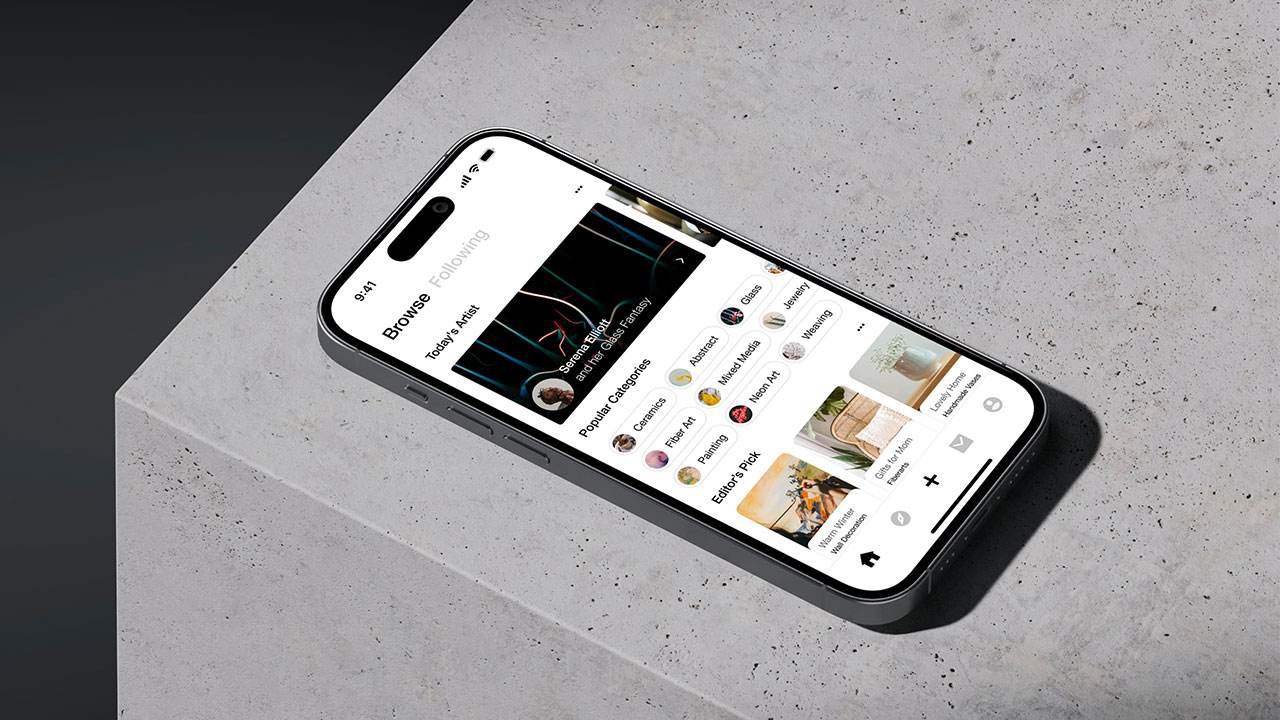Interview with Mingzhi Cai from United States

Interview with Alex (Qian) Wan for Ling from United States
September 28, 2023
Interview with the Marketing Team of Amaia Land Corp. from Philippines
September 28, 2023Interview with the 2023 MUSE Creative Awards Winner - Mingzhi Cai
My name is Mingzhi Cai. I’m currently a product experience designer in the fintech sector and over the past 8 years, I've established myself as an interdisciplinary designer with proficiencies in just about everything: from industrial and visual design to 3D modeling, AR/VR, user experience, and design systems.
It's evident that I’m a curious soul, and I always find myself gravitating toward the latest design trends and techniques. But here's the thing — no matter what I'm exploring, the heart of it all is the real, practical impact of design. To me, a great design isn't just about looking good. It's about making people's lives a bit brighter and solving real-world problems.
I currently work at one of the largest credit card companies in the world, Mastercard, as a product experience designer. I design digital solutions to assist organizations in improving their business. I work on a diverse range of enterprise products centered around digital payments. These products serve various purposes, such as assisting credit card issuers in monitoring real-time transaction performance, enabling suppliers to track invoices and collect payments, and aiding financial institutions in defining, applying, and tracking the profitability of their cash-back models.
My goal is to empower organizations to enhance the efficiency of their operations and decision-making by crafting user-friendly, intuitive, and engaging experiences. Within our design team, I take on the primary role in shaping the design system. The system plays an integral role in helping the team streamline design collaboration, improve visual and branding consistency, and expedite the product implementation process, thereby reducing business cost.
Firstly, a creative idea or design shouldn't be completely uncommon. It needs some level of familiarity so that people can understand and connect with it. However, it should also possess elements that diverge from the conventional — elements that are unique and inspiring, leading to those "aha" moments.
Sometimes, the creativity lies more in the application than in the idea itself. For instance, if a pastry artist employs architectural or sculptural techniques in their desserts, I'd consider that to be immensely creative.
To me, the design process is goal-oriented. I start by gathering detailed information about the context and business domain. This step includes asking numerous questions related to the problem space, and business expectations, and conducting thorough research to grasp the needs of the target users.
Once the goal is sharply defined, I follow the standard iterative cycle: brainstorming, designing, testing, and revising. It's crucial to note that the creative process is neither linear nor finite. You cannot make a perfect design overnight, and likely you will never reach perfection. From my perspective, the essence of refinement and progress lies in continuous iteration. A more mature approach is to embrace time limits and other constraints, strive to find a harmonious balance, and aim for what can be termed as 'conditional perfection'.
My design style leans towards minimalism and practicality. I aim for designs that speak for themselves. If it needs a lot of explanation, then in my books, it's not hitting the mark. For me, the primary purpose of design is to serve its audience and solve a specific problem.
A good design, in my eyes, efficiently does its job without any unnecessary frills. Part of this approach is ensuring that I avoid overwhelming the user's cognition. Less is often more.
"Gallermy" is a passion project of mine, centered around the dual goals of enhancing exposure for artists and ensuring their financial sustainability. The inspiration stemmed from the challenges posed by the pandemic, during which many physical galleries had to close their doors. This led to the rise of numerous virtual reality galleries.
While the VR approach addresses the showcasing aspect, I felt a deeper need to support artists beyond mere exposure — to genuinely help them sustain themselves financially. That foundational belief drove me to mold my ideas into the "Gallermy" experience design. I designed features for art lovers to explore arts in various ways so that we can increase the opportunity for artists to make money.
For artists, I also designed features like bidding or commission to increase the profitability that they deserve. I believe good design can also have its social impact. This project is not just a proposed solution but also a means to draw the public’s attention to a certain group of people and foster empathy. That’s the whole reason why I chose to submit this project to the 2023 MUSE Creative Awards.
The primary hurdle was genuinely grasping the real challenges that artists confront on a daily basis. To tackle this, I initiated numerous interviews with artists via social media and also delved into YouTube videos where artists candidly discussed their endeavors to maintain creativity while also striving for profitability.
This immersive research instilled in me a profound empathy for this community, which subsequently became the foundation for the following design stages of the project.
Firstly, diversity: one thing I absolutely love about this field is how diverse it is. Everywhere you look, there’s someone from a different background, with their own unique story. It’s a melting pot of voices and experiences. It's all these different perspectives that light up our creativity.
Secondly, there's never a dull moment. Just when you think you've seen it all, there's a new trend, a fresh face, or some breakthrough idea. It's like the industry’s got this youthful spirit that just doesn’t age.
Last but not least, the freedom is unmatched. There's no "you can't do this" sign. If you can dream it, you can make it. And that’s what makes it so exciting!
Dive in and don't hesitate to try! The creative industry rarely operates on strict formulas or definitive right answers. The best way to hone your skills and navigate the inherent uncertainties is through a process of trial and error.
Never shy away from creating, and don't feel embarrassed about showcasing your work. Every step, even the missteps, is a part of your growth journey. Embrace it!
For those delving into user experience design, the Figma community is invaluable. If you're seeking a burst of creative inspiration, the classic Behance and Pinterest are your go-to platforms.
To navigate the intriguing world of AI communication, I'd recommend Midjourney. And for specialized tutorials on a plethora of topics, YouTube remains an indispensable resource.
I.M. Pei holds a special place in my inspiration. Hailing from the same hometown as this renowned Chinese-American architect, I frequently visited the Lion Grove Garden during my youth. This once-private family sanctuary of his is now among the most iconic public traditional Chinese gardens. In my teenage years, Pei's exceptional skill at intertwining science and art, as well as Chinese and Western design philosophies, deeply resonated with me, so much so that I nearly pursued a career in architecture.
His architectural pieces stand as a testament to balance — they present a geometric, scientific, and restrained exterior, but delve deeper, and you encounter subtle emotions in the way he masterfully played with space and natural light.
Interestingly, he designed both the celebrated Suzhou Museum in our shared hometown and the buildings for my company's headquarters. I've noticed intriguing design parallels between the two. Every visit to a Pei creation feels like a journey into perpetual nostalgia, coupled with a quest for an idyllic, modern world where fusion and peace are paramount.
If I've learned anything, it's that we shouldn't get too caught up in society's grand idea of success, which can sometimes just be fancy titles or shiny objects. For me, it's all about understanding what success truly means on a personal level. Dream big, sure, but when it's time to roll up your sleeves, focus on the small, achievable steps.
Celebrate those little victories along the way because they build up. As they say, Rome wasn’t built in a day. Keep pushing forward but also, remember to enjoy the journey. It's the balance of ambition and peace of mind that paves the way!
Winning Entry
Gallermy | 2023
(Read more at MUSE Creative Awards)
Mingzhi Cai
Mingzhi Cai, a fintech product experience designer, is known as a versatile interdisciplinary designer who excels in various skills. She believes that great design goes beyond aesthetics; it's about enhancing lives and solving practical issues.
Read more about this interview with Hanyue Song from the United States, the Silver Winner of the 2022 MUSE Creative Awards.


